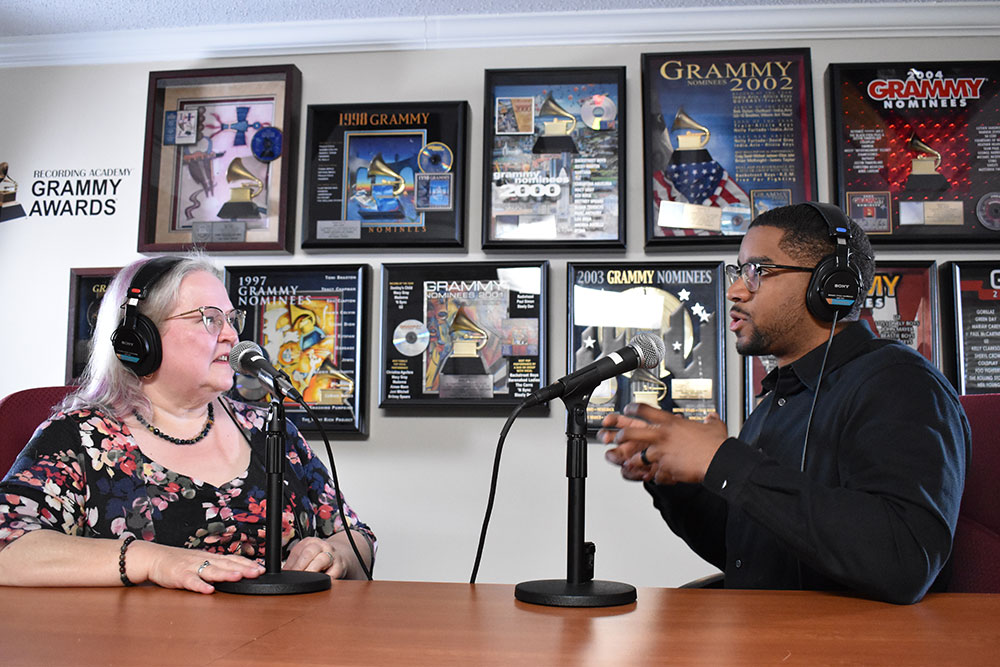
Is it time to get out of the market and go to cash?
KENNESAW, Ga. | Dec 1, 2017

Some still call it a “Trump Bump,” but the truth is the market has been going steadily up since he’s been elected. October 2017 was one of the lowest volatility months on record, and yet, the first thing anyone asks is, “Is it time to get out? Should I go to cash?” It is almost never the time to go to cash. When I look at the economy, the fundamentals are solid. I’ll be the first to admit, the market looks expensive; expectations are high and prices are too. While this raises risk to some degree, I believe the prices are justifiable.
If you’re invested for growth, you want to be invested where the growth is—currently, the Information Technology sector. Technology stocks have appreciated more than 35 percent in 2017 through October, compared to the overall S&P 500 Index, which is up 18.2 percent. Their valuations are not as high as one might think, as their earnings growth has been significantly better than the overall market, rising 15.76 percent in the second quarter and more than 24.6 percent in the third quarter. Technology stocks’ current average price is 24.5 times earnings, which is only slightly higher than their long-term median of 22.38 price to earnings.
So, while all this good news can make an investor skittish, it is not the time to jump out of the market. When there is a sector that has outpaced the overall market by nearly 20 percent, chances are you are overweight in that sector. I’d recommend the nervous investors rebalance their portfolios—trim some of the technology stocks that have grown out of proportion and invest into sectors that are less expensive on a price to earnings basis. This should reduce some of the risk inherent in many investor portfolios. It will hurt to sell some assets that have been having such a good run. You may also have some tax implications, but you should be able to manage your tax situation with other elements of your comprehensive financial plan.
While history doesn’t repeat itself, it often rhymes. Normally the long-term average growth for the S&P 500 Index is around 10.4 percent. Armed with this knowledge and the solid fundamentals in the economy, investors should find some confidence. I also remind investors not to get caught up on a number. Yes, the Dow Jones Industrial Average hit 20,000 in January of this year and has hit 57 new all-time highs since. But, you need to look at what earnings have done to support this. S&P 500 earnings grew 15.5 percent in the first quarter, 9.6 percent in the second quarter, and while the third quarter isn’t complete yet, earnings growth is about 7.8 percent. Instead of focusing solely on price increases, look at price ratios. P/E ratios have been stable even as prices have increased.
Again, I would never tell an investor to go to cash, but I almost always recommend that investors determine the money they need within the next 10 years and take that out of the stock market so that money is not subject to the volatility that still exists. Money needed within the next 10 years should be placed in fixed-income investments that mature when the liquidity is needed. Having this money set aside on a rolling 10-year basis will keep you from timing the market and pulling out before all the gains have been achieved or sitting in cash as the market recovers after a downturn.
Yes, this party will come to end, but not today. No one knows where the market is going. Rebalance your portfolio to get a good footing for today. I believe it is better to have your money positioned defensively than out of the market.
William G. Lako, Jr., CFP®, is an Executive in Residence at Kennesaw State University’s Coles College of Business and a principal at Henssler Financial and a co-host on Atlanta’s longest running, most respected financial talk radio show “Money Talks” airing Saturdays at 10 a.m. on AM 920 The Answer. Mr. Lako is a CERTIFIED FINANCIAL PLANNER™ professional.
Related Posts

Kennesaw State Partnership Equips Local Entrepreneurs with Tools for Success

Gathering Spot CEO Ryan Wilson on Building a Social Club to Inspire Connections.

Kennesaw State MBA student leveraging degree work for a cause

CEO Magazine Ranks Kennesaw State Executive MBA Top Program in Georgia, No. 11 in the World














